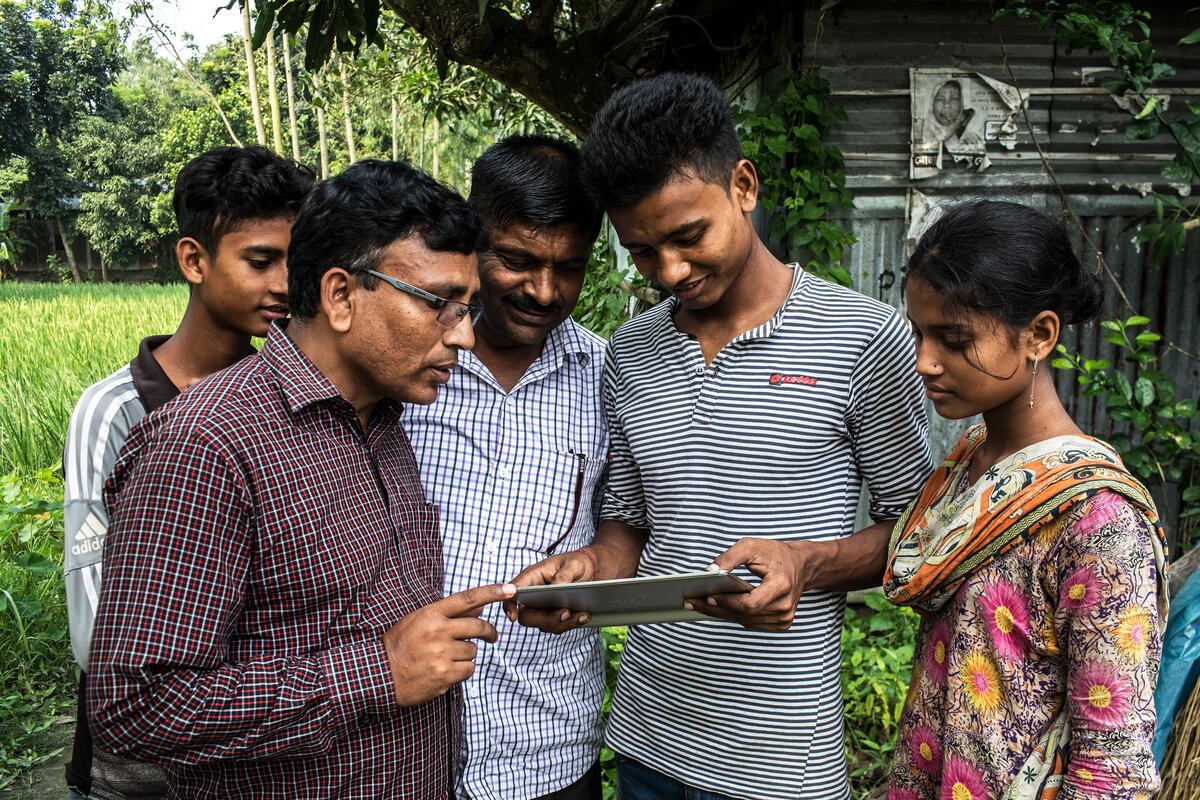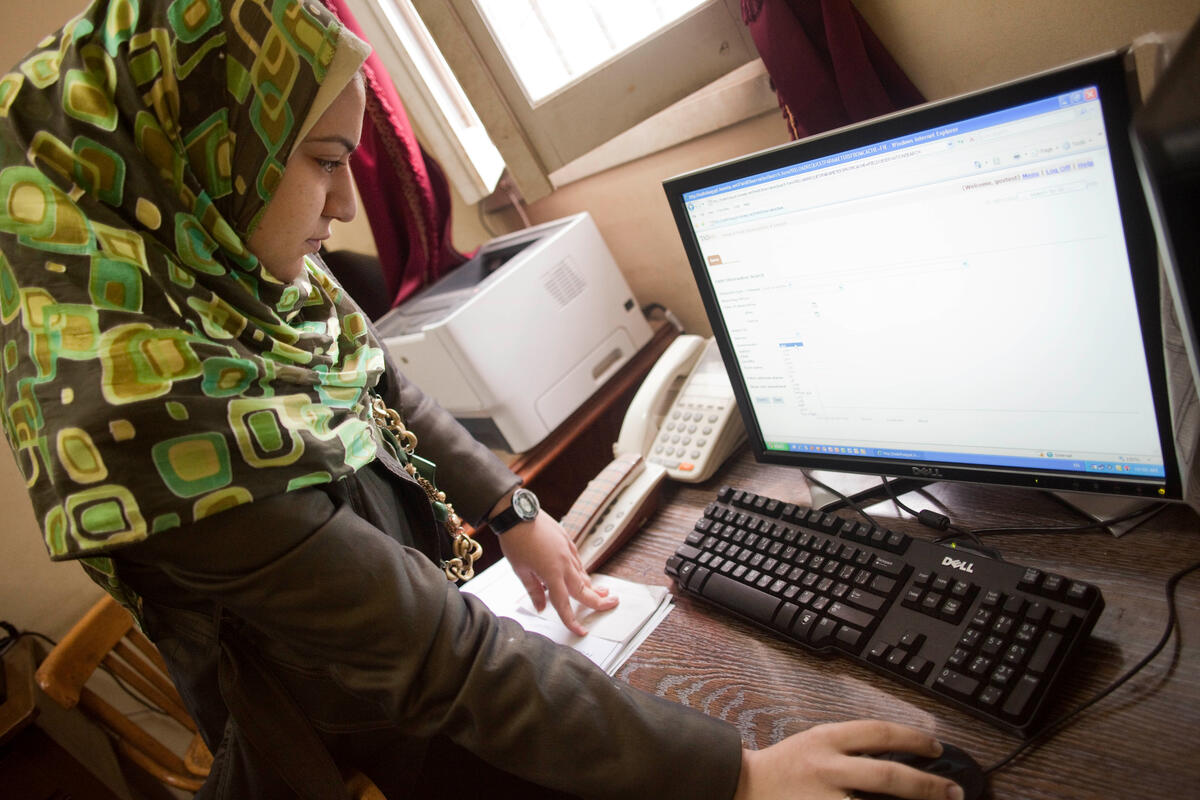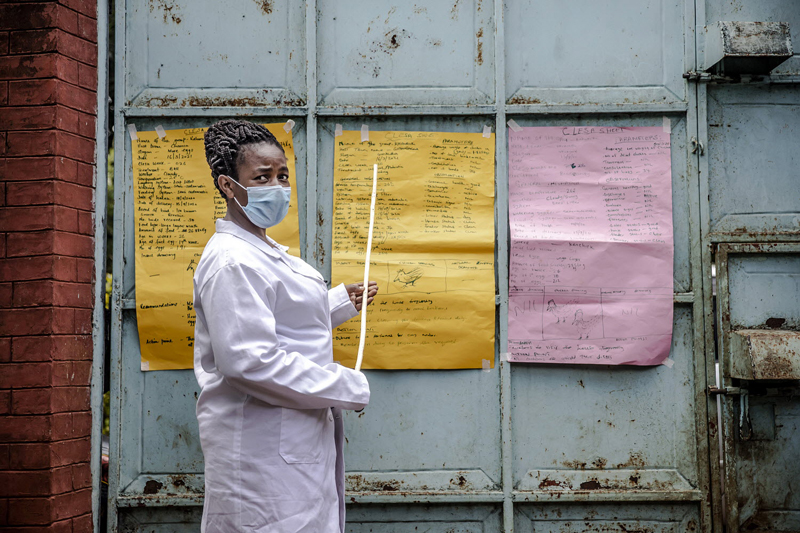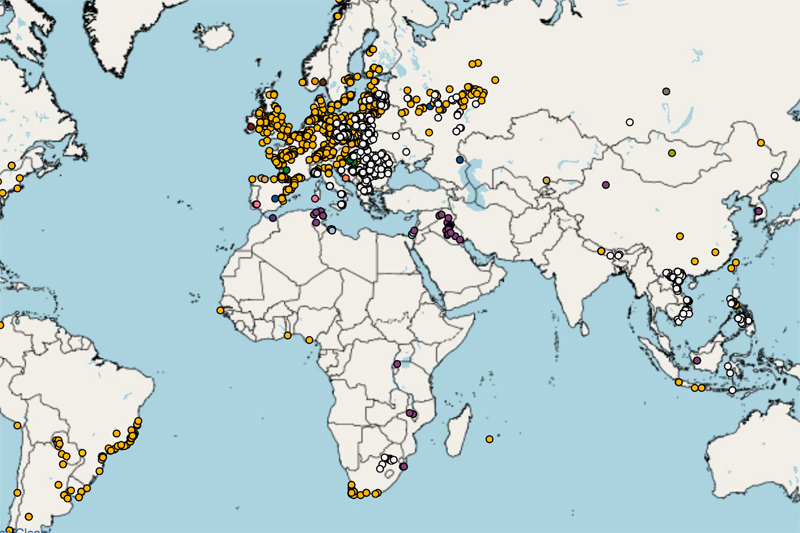The role of information and communication technology in One Health intelligence
In the face of growing global health challenges, particularly those arising from the complex interactions between humans, animals, and the environment, information and communication technology (ICT) is a powerful enabler of the One Health approach, seamlessly connecting data across human, animal, plant, and environmental health sectors.
ICT is essential to One Health intelligence – the collection and integration of data across human, plant, animal, and environmental health sectors to guide informed and coordinated decisions. As emergence of zoonotic diseases, antimicrobial resistance, environmental threats, and food security challenges grow, digital tools provide the backbone for rapid, informed action.
Technologies such as integrated databases, artificial intelligence (AI), and real-time monitoring systems improve how data is collected, shared, and analyzed, helping decision-makers act faster and more strategically. ICT also strengthens collaboration across governments, organizations, and communities by enabling seamless data exchange, shared insights and risk communication.
Effective One Health information and communication systems depend on standardized data protocols, interoperable platforms, strong data sharing networks, sustained capacity building and a commitment across sectors to work together using shared intelligence with trust.
Challenges to ICT implementation in One Health
While ICT offers major opportunities for advancing One Health intelligence, its use is often limited by serious challenges. Even in countries with robust infrastructure, incompatible databases, siloed institutions, and lack of common data standards can hinder progress. Handling and combining more and more data – especially when it's not always good quality or trustworthy – can make it harder to achieve One Health intelligence. While certain health threats or drivers are closely monitored with accessible data, others remain insufficiently observed, and significant data gaps persist. In low- and middle-income countries, these issues are worsened by limited digital access, funding shortages, and a lack of training in technical skills. Data security is another critical concern. Without strong protections, sensitive information is vulnerable to misuse or cyber threats – undermining public trust and slowing adoption of ICT in health systems.


To unlock the full potential of ICT in the One Health framework, several solutions must be explored and implemented.
Understanding the One Health system as a whole: Before implementing or adjusting digital tools, it is vital to understand the full complexity of the One Health ecosystem and for what purpose the solutions are needed. Mapping institutional structures, data flows, and stakeholder roles allows for more coherent integration of ICT solutions, reducing redundancy and improving coordination. Comprehending the existing data and identifying data gaps is crucial for achieving One Health intelligence in relation to prioritized threats.
Localized solutions for low- and middle-income countries: ICT solutions must be tailored to unique challenges each country and community faces. There is no "one-size-fits-all" approach to One Health, as each country or community will prioritize different health issues based on local needs, available resources, and the level of data integration they aim to achieve. This includes designing platforms that can function in low-bandwidth environments, as well as developing applications that are culturally and contextually relevant. For example, mobile health applications that work offline could be highly beneficial in areas with limited internet access.
Enhancing data standards, data governance, and security protocols: To ensure seamless integration and interoperability across sectors, it is crucial to establish data standards that facilitate the consistent collection, sharing, and analysis of information. Alongside this, developing robust cybersecurity measures is crucial to safeguarding the sensitive data being shared across sectors. Clear governance frameworks that define data ownership, usage rights, and privacy concerns are essential to ensure that ICT tools can be used with confidence. Without such data governance frameworks, efforts can become fragmented, leading to inefficiencies and potential breaches of trust.
Building digital infrastructure: Investing in digital infrastructure is key to bridging the digital divide. Governments, international organizations, and development partners must prioritize the expansion of internet access and mobile networks access in low- and middle-income countries – through sustainable financing and resource allocation for ongoing maintenance, training, and system upgrades, ensuring that these countries and territories can benefit from available ICT tools to from real-time surveillance to cross-sector collaboration.
Creating a centralized ICT hub for One Health intelligence: A comprehensive guideline and digital repository is needed to catalog and consolidate existing ICT tools for One Health. Such a platform would help users compare, select, and customize toolsets based on their context-specific needs, resources, and health priorities. It would reduce duplication, improve accessibility, and empower stakeholders to build integrated digital solutions tailored to their operational realities.
Enabling peer-to-peer learning: Peer-to-peer learning platforms provide an opportunity for countries and institutions to exchange practical experiences and lessons learned in implementing ICT for One Health. These networks foster innovation, build mutual trust, bring out innovative ideas, and accelerate the adaptation of successful models to new contexts.
Capacity building and training: Strengthening the technical capacity of local communities and healthcare workers through training programs – local healthcare workers, veterinary and paraprofessionals, environmental health officers, researchers, students, and community members – is essential for the successful implementation of ICT tools. Building this capacity ensures that data can be reliably collected, interpreted, and shared to inform rapid and coordinated responses.
Find out more

Community of Practice
Information and Communication Technology for One Health
Expand your knowledge and share experiences on existing and emerging ICT solutions that enhance data flow to strengthen One Health frameworks.

One Health intelligence
Operational global One Health intelligence is the first step towards the identification and mitigation of risks against emerging, endemic and epidemic diseases, and threats to environmental health and food security.

Global Animal Disease Information System (EMPRES-i+)
EMPRES-i+ is a web-based global animal disease information system to improve disease intelligence, data analysis and visualization, disease forecasting and early warning, enabling countries to monitor disease emergence, spread and the risk of new outbreaks.
